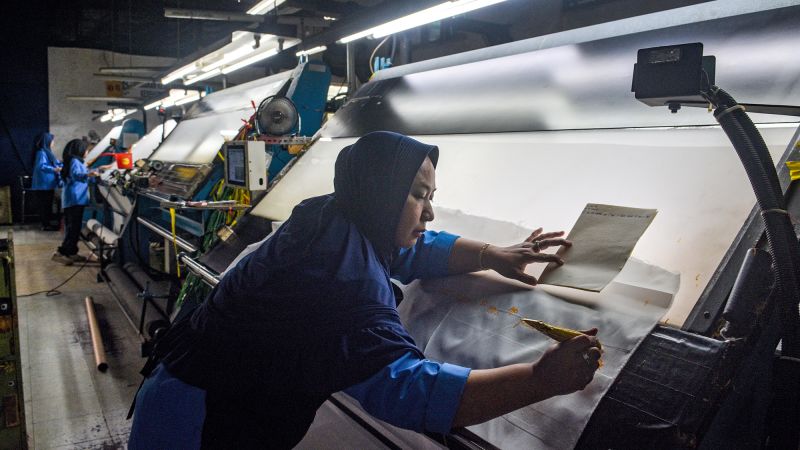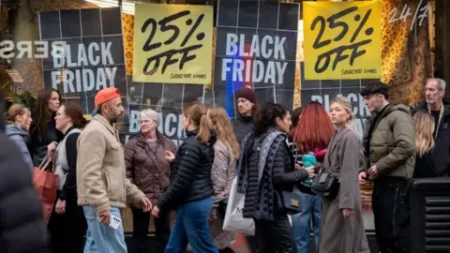On a recent Tuesday, former President Donald Trump announced that the United States has reached a trade agreement with Indonesia. However, the specifics of this agreement remain unclear, leaving many questions unanswered. Notably, Trump did not elaborate on the agreement’s depth, potential terms, or the timeline for when any of its provisions would come into effect. This lack of detail contrasts with the significance of his announcement, raising eyebrows among political analysts and trade experts alike.
In a post on his social media platform, Truth Social, Trump expressed enthusiasm about the deal, stating that it is a “great deal for everybody.” He mentioned having direct dealings with Indonesia’s President, highlighting the respect he holds for his counterpart. While the announcement generated excitement, Trump assured followers that further details would be forthcoming. This blend of cheerfulness and vagueness has become a familiar feature in Trump’s trade-related declarations, earning mixed reactions from both political peers and industry leaders.
This recent announcement marks the fourth trade agreement Trump has declared in just three months. Over this brief period, he has made numerous promises concerning deals with various U.S. trading partners. However, the actual realization of these agreements presents challenges. Historically, reaching comprehensive and mutually beneficial trade deals is a complex process, and it appears that executing such lofty promises has proven difficult for Trump’s administration.
One significant agreement mentioned earlier was with Vietnam, which Trump also touted via Truth Social earlier this month. Yet, just like the Indonesia deal, scant information has been made available regarding the Vietnam agreement, raising concerns about transparency and effective communication from the administration’s trade teams. As trade deals are critical to both domestic economic health and international relations, stakeholders in various sectors eagerly await more comprehensive updates.
Amidst these announcements, there lies a palpable tension regarding the fluctuating landscape of U.S. trade policies under Trump. Many businesses have expressed concern regarding the volatile nature of his trade policies, which have made planning and forecasting increasingly challenging. For instance, companies are apprehensive about placing new orders for products manufactured overseas due to the risk of sudden, inflated tariffs that could emerge unexpectedly. This unpredictability frustrates businesses that depend on international supply chains and can significantly impact their operational strategies.
Trump suggests that the solution to these uncertainties lies in moving production back to the United States. While the premise of local manufacturing is appealing, the logistical realities are far more complicated. Companies face significant challenges, from sourcing suitable labor to the extensive time and financial resources required to establish new manufacturing facilities. Experts estimate that transitioning production can take years and require millions in investment before firms can start benefiting from localized manufacturing. Furthermore, this transition could lead to higher operational costs, which in turn may place additional financial burdens on American consumers.
In conclusion, while the announcement of a trade agreement with Indonesia reflects Trump’s ongoing efforts to reshape U.S. trade relationships, significant uncertainties linger about its execution and implications. The framework of such deals, especially in a rapidly shifting global market, requires intricate details and clear strategies to ensure that the economic benefits materialize. As the drama of U.S. trade policies unfolds, businesses, consumers, and international counterparts will be keenly observing how these announcements translate into reality, and whether they foster genuine economic growth or contribute to further instability.











